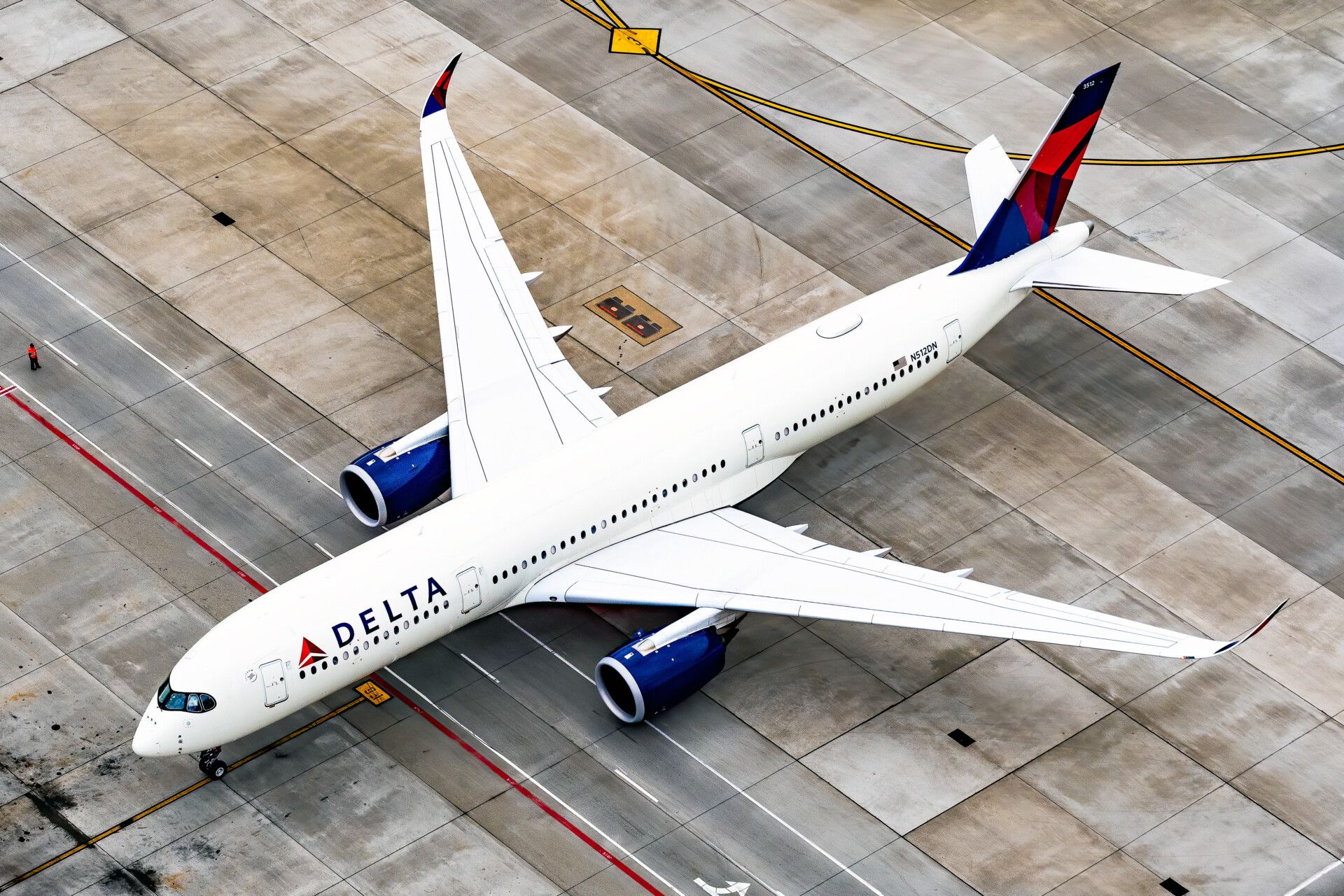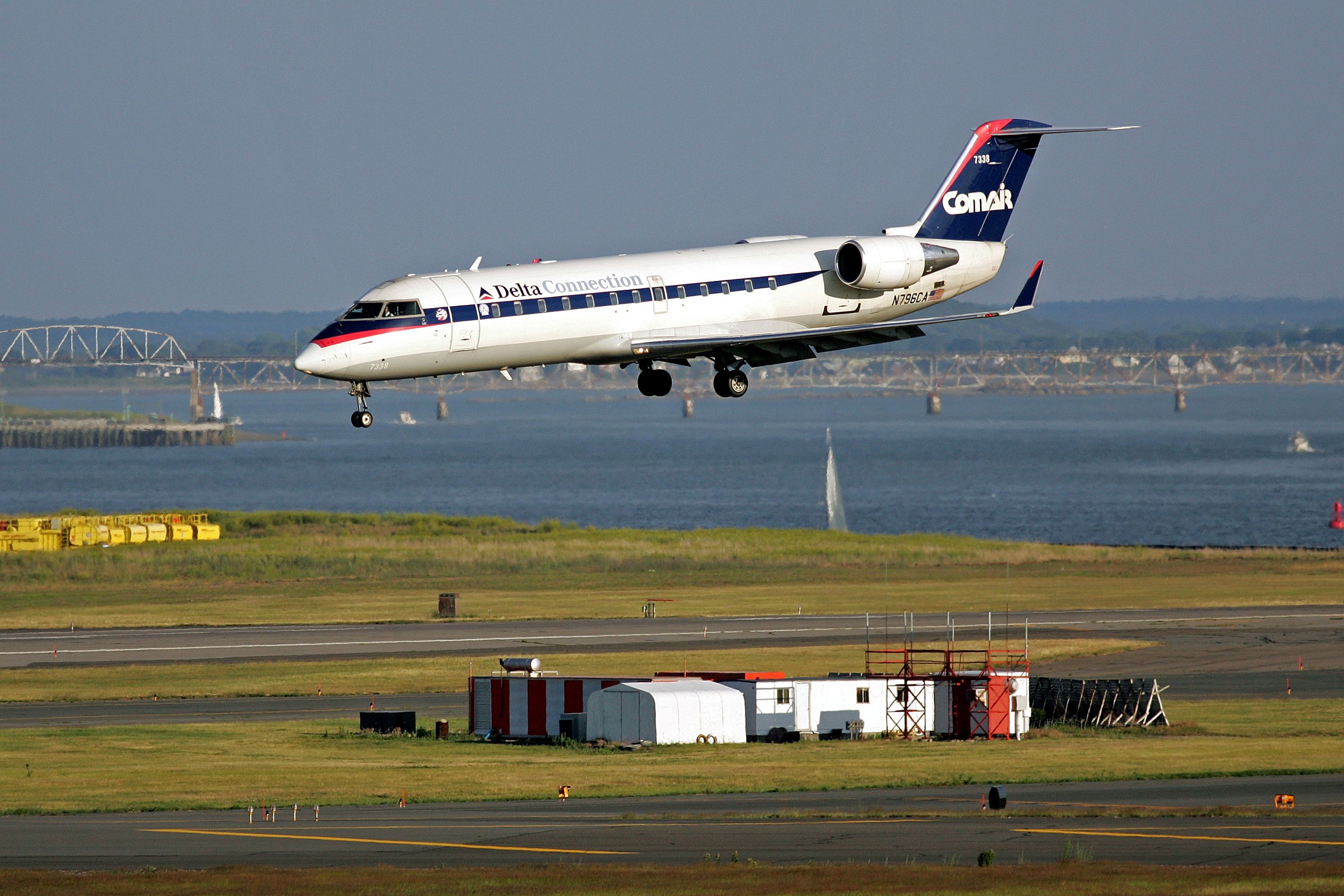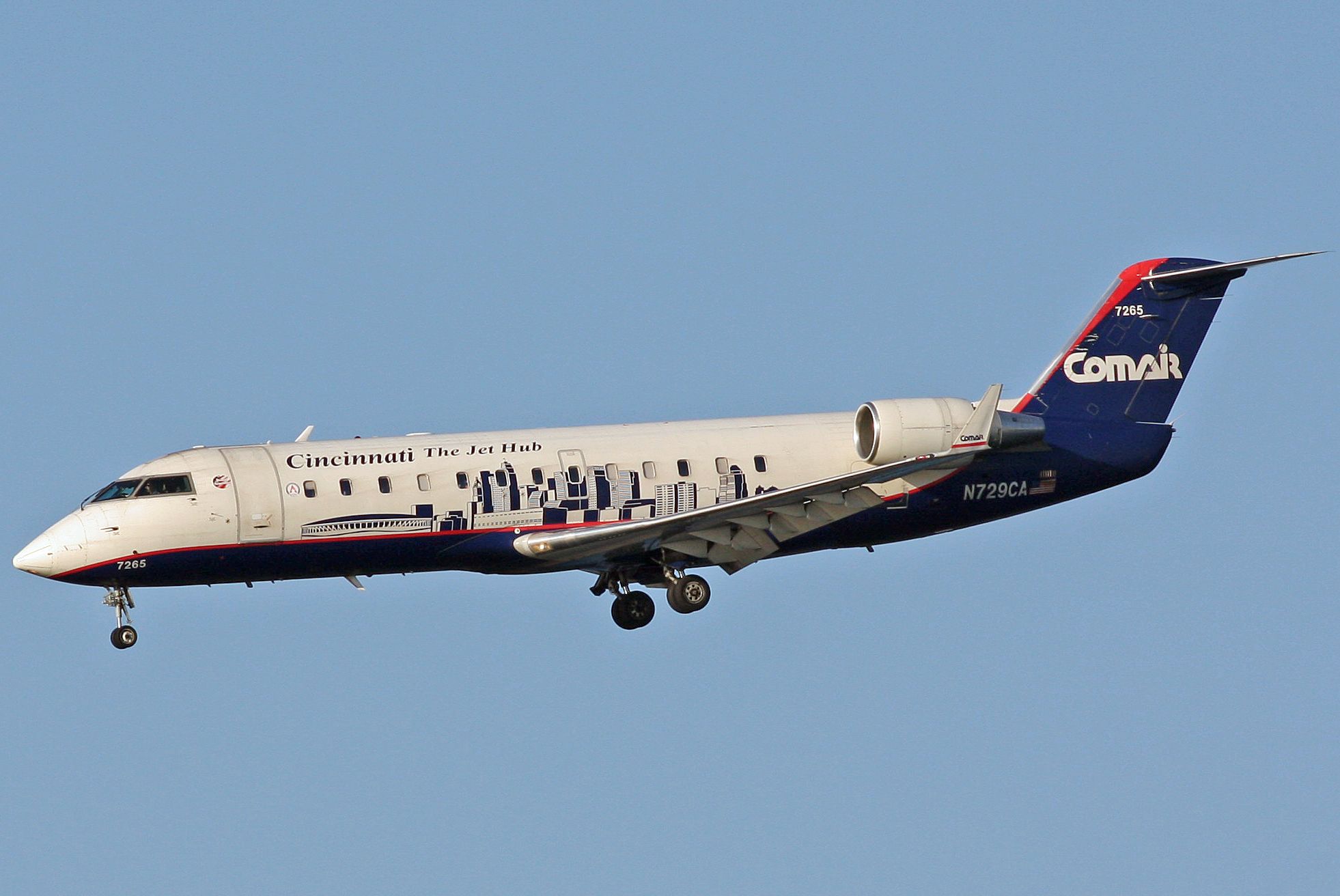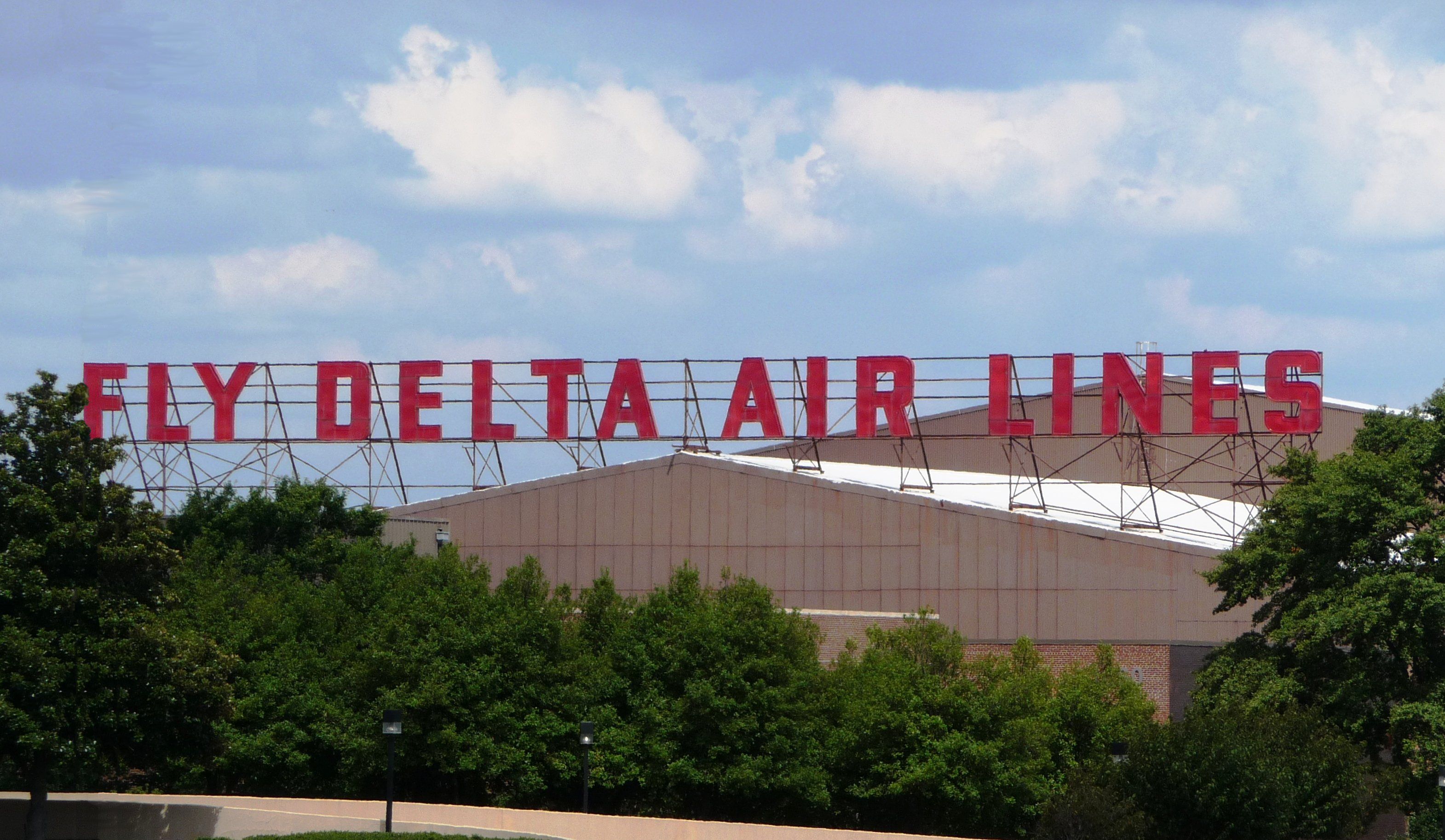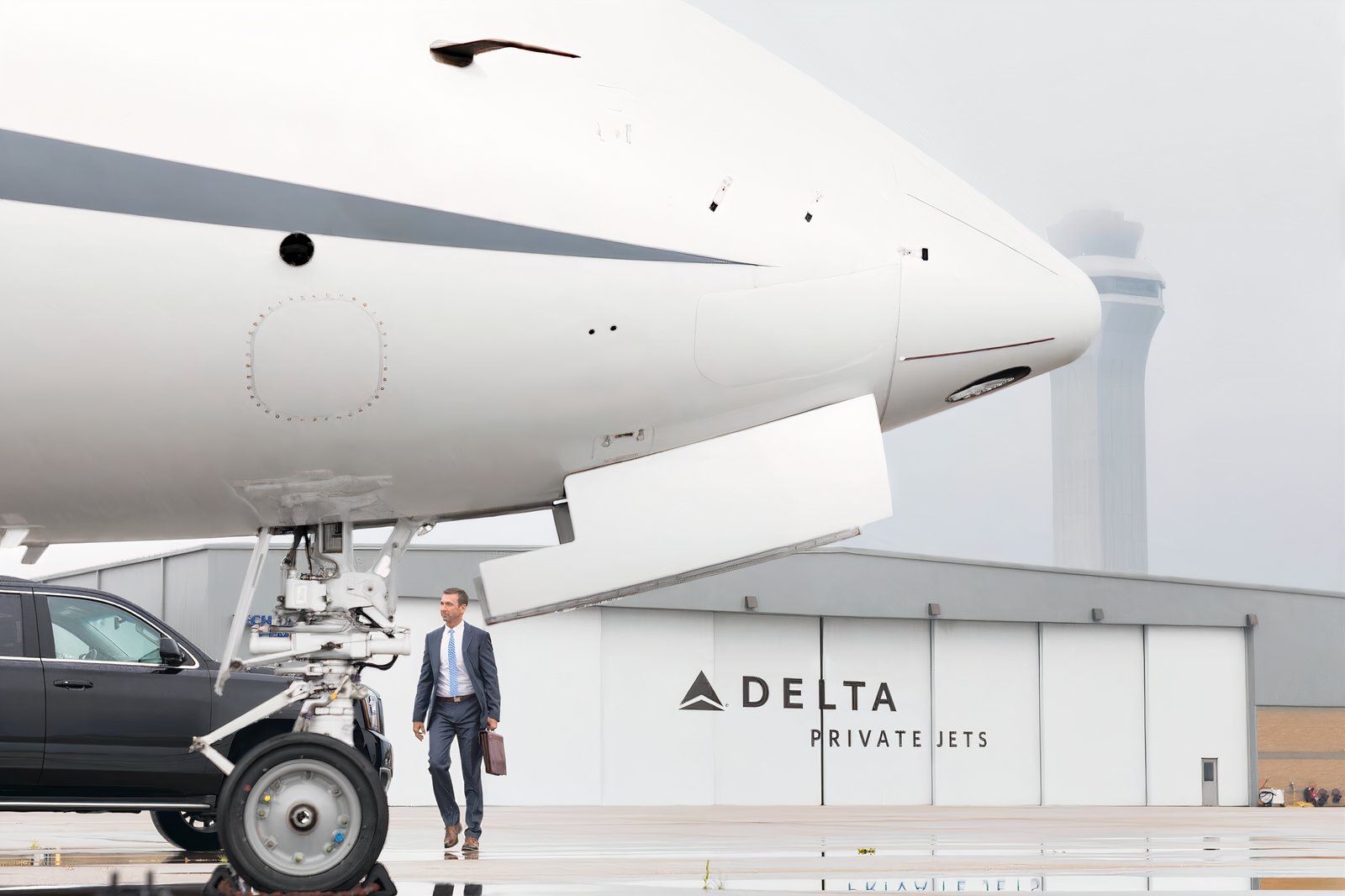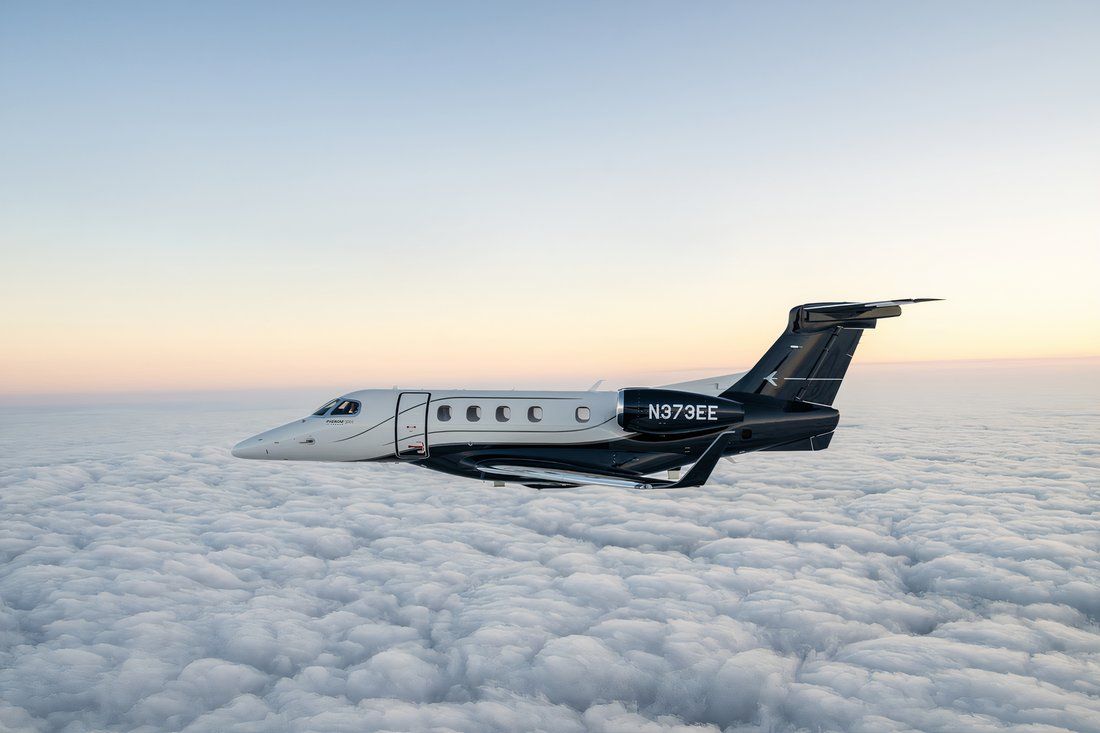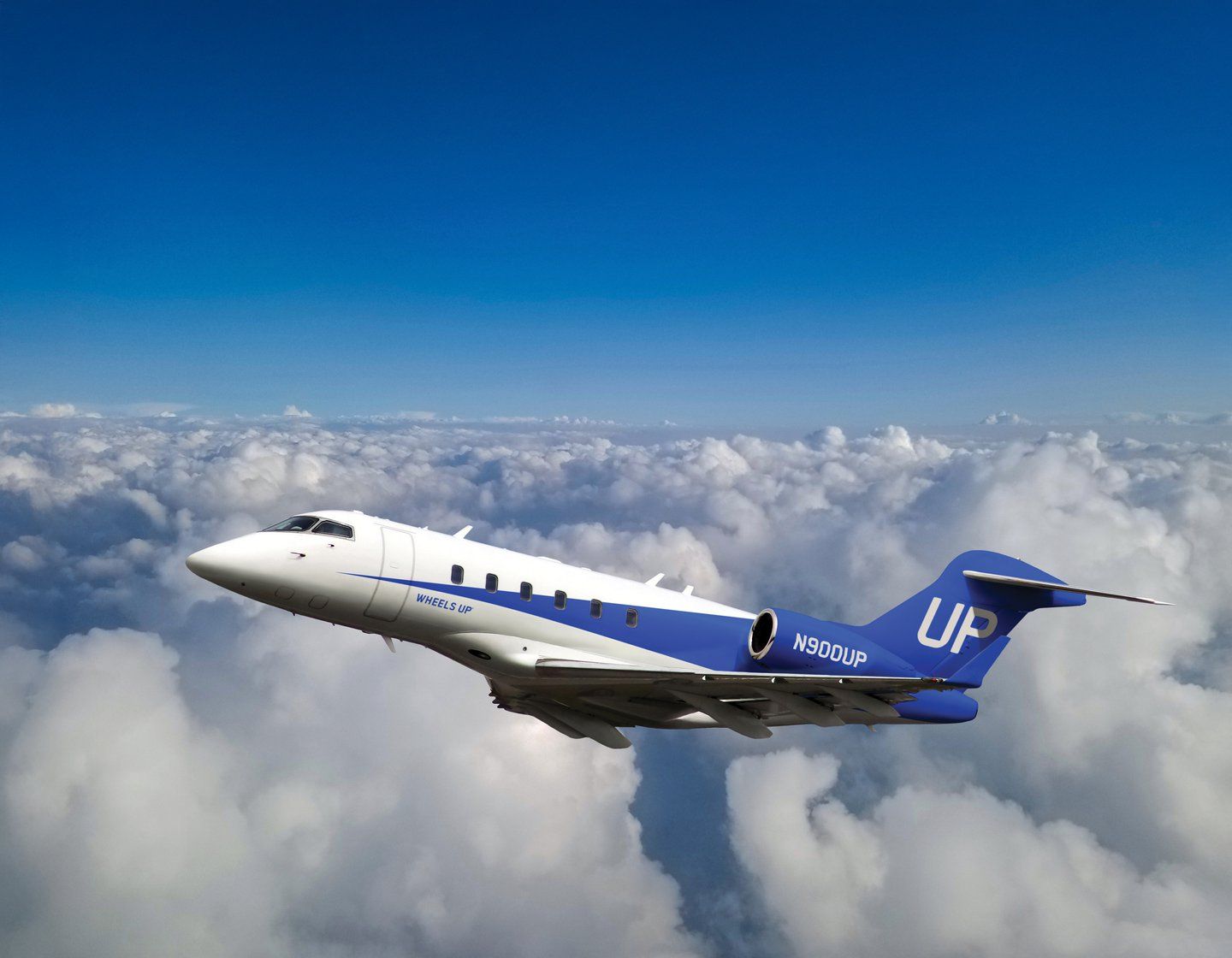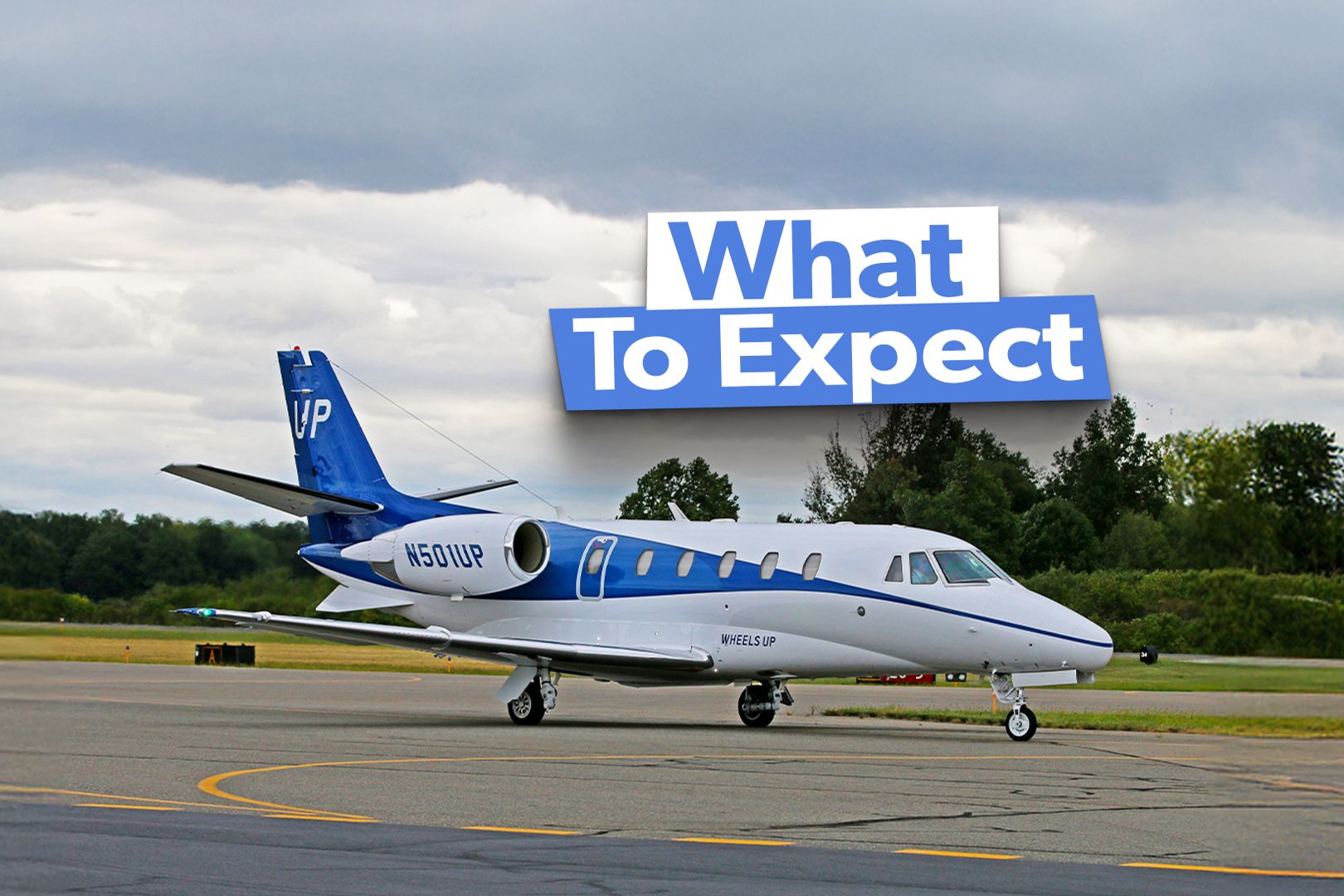Delta Private Jets, the business jet subsidiary of Delta Air Lines, has had numerous changes in ownership throughout its short life as a company. Known for its wide fleet of aircraft and their integration into the Delta Sky Miles ecosystem, Delta Private Jets provided Delta customers with a unique private jet experience for whenever their commercial flight segments failed to go to passengers’ desired destinations. Delta Private Jets was a unique combination, merging the private jet experience with the commercial jet experience.
The company, first an independent company turned subsidiary of the airline giant, no longer operates under the Delta moniker though. The company had recently been acquired by Wheels Up, the short-haul charter carrier, though Delta Private Jets may soon return to the ownership of Delta Air Lines. This article will explore a comprehensive overview of the history of Delta Private Jets, highlighting its development, strategic changes, service offerings, and impact on the aviation industry. Read on to find out more.
Founding Vision And Early Years
Delta Private Jets
originally started as Comair Jet Express in the 1980s, a subsidiary of Comair, one of the largest commercial regional jet operators in the country at that time. The fleet of Comair Jet Express originally started by meager means, with a few Piper Navajos commuting its paying passengers short distances around its operating region, which was headquartered in the greater Cincinnati area. Comair began to expand its profile in the late 20th century, eventually being allowed to list its flights on Delta’s Deltamatic computerized reservations system with a cooperation agreement with the airline giant.
Comair began to grow further with its Delta partnership with it stepping up into regional jet travel, being the first United States launch customer for the new Canadair Regional Jet (now Bombardier). Comair began to steadily grow its revenue and began expanding its operations even further. Operating as one of Delta’s official connections, Comair began to grow closer and closer to Delta Air Lines, blending operations together. Soon, Delta would see the growth of Comair as too good to pass up and would try and incorporate it fully into its brand.
When its connection agreement ended, Comair created a path forward for Delta to wholly purchase the regional airline, which would come to fruition in October 1999. Delta Air Lines would purchase Comair in a corporate share agreement, valuing Comair at a price of $1.8 billion. In 2001, what we now know today as Delta Private Jets, originally named Delta Air Elite, would be formed from the resources originating from Comair Jet Express and combine itself with the assets of Delta Air Lines. From there, Delta Private Jets would begin to carve out a niche business use, blending the lines of commercial and private jet travel.
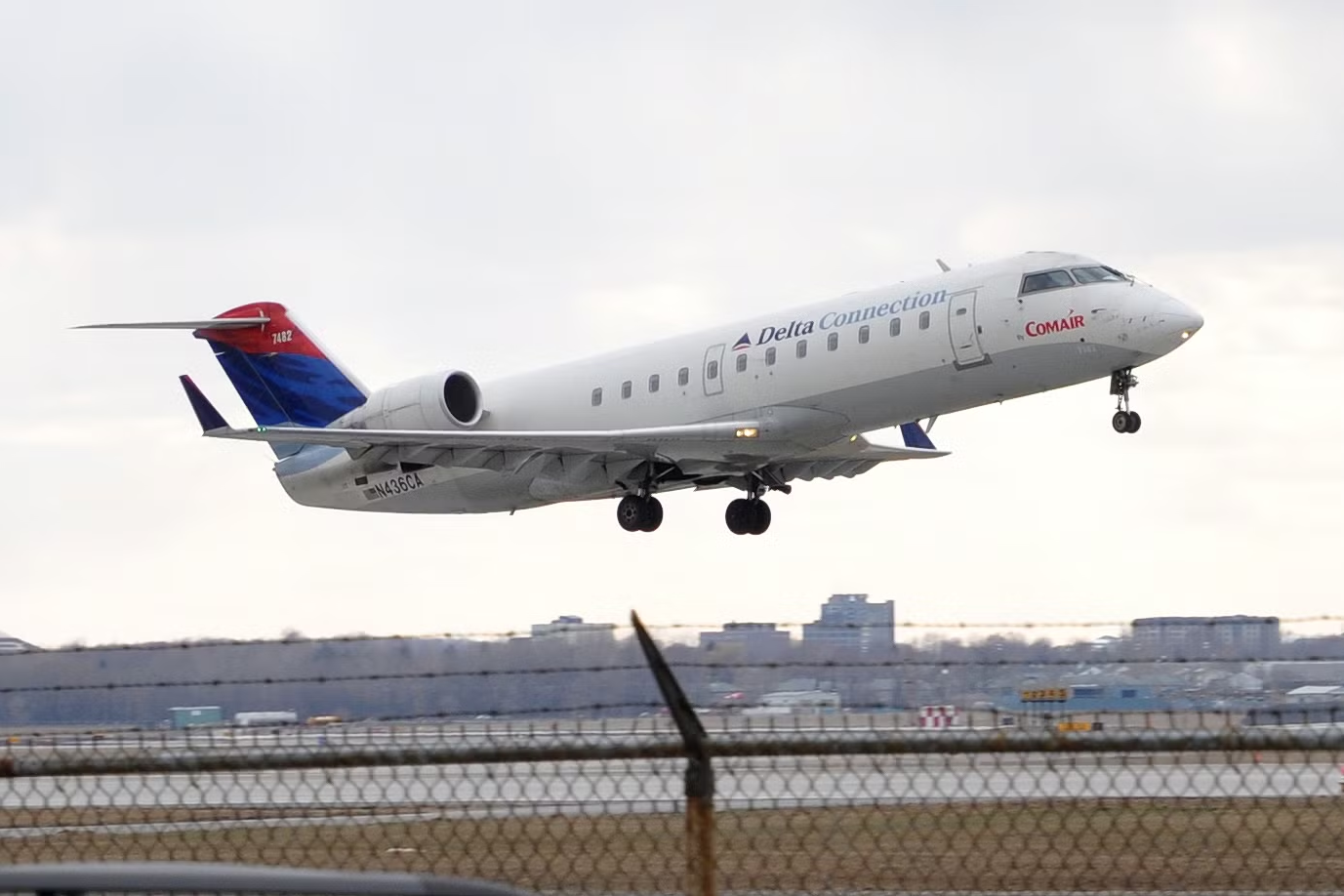
Related
Once The World’s Largest Regional Airline: What Happened To US Carrier Comair?
Comair started life flying from Cincinnati/Northern Kentucky International Airport (CVG).
Growth Into Delta Private Jets
After its acquisition of Comair, Delta would begin to grow its private jet segment, attempting to grow the subsidiary into a more competitive charter service. Starting in 2001, Delta Air Elite would begin operating with ten business jets but would eventually grow its fleet to over 40 business jets a decade and a half later. Delta’s business strategy would be to target its commercial airline customers and push them into chartering their corporate jets to destinations that the commercial segment did not offer. This was an attempt to not only retain the business of these customers but to also prevent them from taking their business to other competing airlines.
In 2010, Delta would rebrand the company from Delta Air Elite to Delta Private Jets. Delta would continue to grow its private jet fleet, with more than 70 business jets, ranging from light business jets to long-range jets. The fleet would become its largest in 2020, with the fleet eventually being incorporated into Wheels Up, the short-haul regional charter service. Before its Wheels Up acquisition, Delta Private Jets would include a range of business jets from many different manufacturers, including:
-
Cessna Citation Jets
, ranging from the smaller Citation CJ2 and Citation CJ3, to the mid-sized Citation Excel / XLS / XLS+, up to the Citation X, of which they owned about half a dozen
- Nextant Aerospace, operating a lone Nextant 400XTi, a re-manufactured Beechjet 400A
-
Embraer
, only operating the Phenom 300
- Hawker, with a Hawker 800XP and a Hawker 4000
- Learjet, with multiple Learjet 60s in service as well as a Learjet 60 XR, Learjet 45 and 75
-
Gulfstream
, with the smaller Gulfstream 200 and multiple Gulfstream GIV and GV aircraft serving as Delta Private Jets longest range aircraft
- Bombardier, with multiple Challenger 604s operating in the fleet
In the mid-2010s, Delta Private Jets would begin to incorporate itself into the Delta Air Lines Sky Miles ecosystem, allowing customers to incorporate their private jet travel into their credit card reward points accumulation. This would be a unique feature of the charter service and would help to maintain loyalty among its customer base.
How Delta Private Jets Operated
Delta Private Jets operated under two different membership programs. The first program is the Delta Private Jets Card, the main membership access card. With the card, flights are paid in advance through an initial deposit, totaling $150,000 each year. From the initial deposit, each jet you charter has its price deducted from the initial deposit; this allows for more financial security for Delta and allows it to operate with a lot more financial liquidity in an often turbulent market. Charter prices depend on the destination and departure cities and the selected interior cabin size. Delta guarantees the availability of the chartered jets, with the customer paying a fixed rate that is set for two years.
Delta Private Jets offered the second membership service, the Sky Access program. This is a separate purchase from the Delta Private Jets Card, which must also be purchased first. The Sky Access program’s primary feature is that customers can flow empty legs for free. If a customer only holds a Delta Private Jets Card without the Sky Access addition, any dead legs flown with no passengers to reposition the airplane for use have to be paid for as well.
The Sky Access program eliminates having to pay for the empty leg flights, allowing customers to reposition the fleet of aircraft for no additional charge. This allows for a lot more flexibility in where you can charter the aircraft to and from. Sky Access only costs an initial $2,500 to buy in to the program, with each year costing a recurring fee of $6,000. In addition, the Sky Access program provides a twenty percent discount on Delta Air Lines commercial fares.
Delta Private Jets also allowed Delta customers to incorporate their Sky Miles accounts into the service, including being able to pay for flights with their Sky Miles points directly. This would allow customers to maintain loyalty to the company and help prevent them from moving to other competitors. With that said, these programs would not last, with the company eventually selling to Wheels Up in 2020.
Acquisition By Wheels Up
Wheels Up, the short-haul regional charter service, started servicing customers primarily with turboprop aircraft and small business jets. Delta would eventually take a stake in the company, owning approximately a quarter of the company in 2020. In doing this, Delta would combine Delta Private Jets with Wheels Up, allowing Wheels Up to fully acquire the assets of Delta Private Jets. In doing so, Wheels Up would become one of the largest charter jet services in the world. Wheels Up would operate for a few years with partial ownership by Delta Air Lines, however, there would be troubled waters ahead for the company.
Coming out of the Covid-19 pandemic, air travel had changed drastically, and with it, Wheels Up would begin to struggle. After only a few years without the Delta Private Jets brand, Delta would reacquire its old company, injecting around $0.5 billion into Wheels Up. In exchange, Wheels Up would exchange shares of itself to Delta, with the shares representing approximately 80% of the company. With 80% ownership, Wheels Up was effectively a subsidiary of Delta Air LInes, and with it, Delta Private Jets would come back home to its original owner. While the Delta Private Jets name no longer exists, it is now back under original ownership and should have more resources to continue operations.


